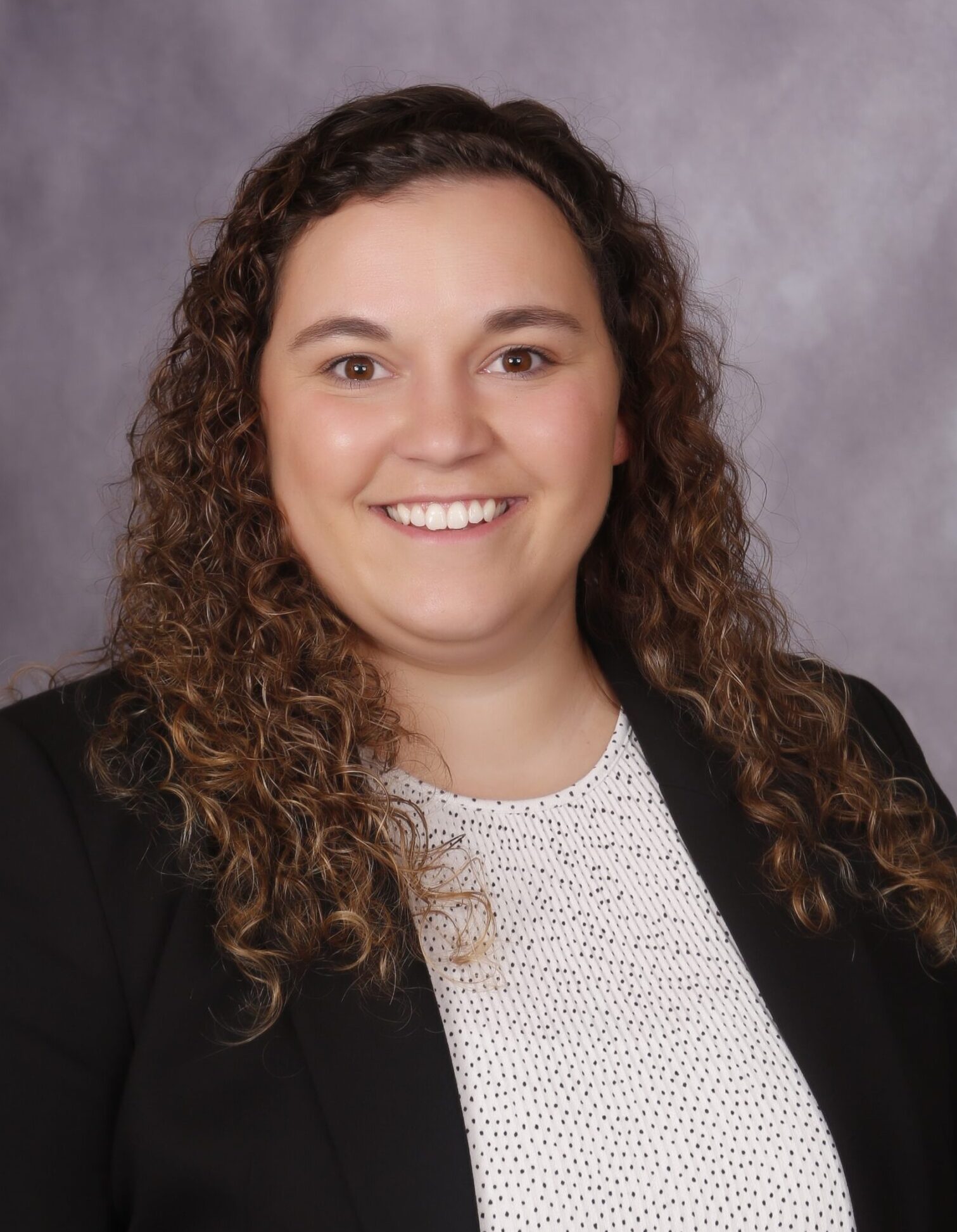As students return to school for the fall, it’s a good time to talk about 529 college savings plans. A prior blog post highlighted the importance of opening a 529 plan as early as possible to maximize the savings potential. Now, it’s time to discuss the other end of the spectrum – what to do with any unused funds remaining in a 529 plan after the student has completed his/her educational journey.
Previously, options were limited for how the remaining money in the account could be used or transferred, but the SECURE 2.0 Act, provides an additional option starting in 2024 by allowing the funds to be rolled over into a Roth IRA. For anyone fortunate enough to have “leftover” funds in a 529 account, this post provides even more good news!
It’s difficult to anticipate how much money a student will ultimately need in a 529 account due to the endless number of variables (the type of school the student attends; the cost of tuition; expenses for room and board; the number of years he/she requires to complete the apprenticeship program/degree/advanced degree, etc.), not to mention unexpected occurrences like a student’s change of plans or even a worldwide pandemic that drastically changed the learning environment. As such, it is possible for beneficiaries to have excess funds that are no longer needed for qualified educational expenses.
In addition to the traditional options for transferring or withdrawing the funds from the account (which were covered in our prior post), beneficiaries can now take advantage of the tax benefits provided by a Roth IRA rollover as allowed by the provisions of SECURE 2.0.
529 Rollover to Roth IRA
In effect for 2024, unused college savings can be transferred from the beneficiary’s 529 account to a Roth IRA retirement savings account without incurring taxes or penalties, however, there are certain rules and limitations for these transfers, including:
- The 529 plan must be open for at least 15 years
- The Roth IRA must be in the name of the beneficiary of the 529 plan
- Any contributions made within the past five years (and earnings on those contributions) are ineligible to be moved into the Roth IRA
- For the transfer to be eligible, the rollover must be a plan-to-plan or trustee-to-trustee rollover – the beneficiary cannot receive a check from the 529 plan and deposit the funds into the IRA
- Annual rollover limits apply, and the lifetime limit for the rollover is $35,000 per beneficiary
In addition to the restrictions noted above, and the amount of rollover allowed each year may be adjusted with inflation. The annual limit on the rollover is the maximum IRA contribution amount ($6,500 for 2023 and $7,000 projected for 2024), less any other IRA contributions. For example, if the beneficiary contributes $1,000 to any IRA in 2024, the amount available for rollover from a 529 account is expected to be $6,000. Due to the annual limitations, the lifetime limit of $35,000 may take more than five years to hit. It is unknown whether the lifetime transfer limitation will increase in the future.
Although there are certain income thresholds related to eligibility for making Roth IRA contributions, fortunately, the income limitations will not prevent the 529 beneficiary from transferring the funds into a Roth IRA. For example, if the beneficiary’s income is $200,000, he/she exceeds the threshold ($153,000 for single taxpayers) for making direct contributions to a Roth IRA account, but he/she is permitted to rollover funds from a 529 account (subject to the applicable limits noted above). Additionally, the beneficiary must have earned income, and the amount that can be rolled over is the lesser of earned income or the IRA contribution limit. If the beneficiary is not working, no rollover is available because there is no earned income.
Important Considerations
Some early planning is required to avoid the above-noted limitation requiring the 529 plan to be open for at least 15 years. A good practice is to start a 529 plan shortly after a new child is born, and invite friends and family to make contributions to celebrate the birth. Contributions can also be made as gifts for subsequent birthdays to maximize the 529 plan earnings!
Grandparents (or other generous relatives) looking to help pay for the child’s education can also take advantage of “superfunding” a 529 plan. This special provision allows anyone to contribute five years of the annual gift exclusion into the 529 plan without any gift tax consequences. For example, the annual gift exclusion for 2023 is $17,000; therefore, the superfunding 529 contribution would be $85,000 (5 x $17,000). A gift tax return, Form 709, would still need to be filed even though the gift is not taxable. The donor must outlive the gift by five years for the funding to be considered a completed gift. If the donor passes away during the five-year period, then the incomplete portion of the gift would need to be added back to the donor’s estate.
Closing Thoughts
As a reminder, there are other options for “leftover” 529 plan funds – they can be saved for the future educational use of the named beneficiary; have the beneficiary changed to another qualifying family member; or withdrawn (with a penalty). The Roth IRA rollover option was added to encourage contributions to these accounts since it was part of a legislation package with an overall goal of helping taxpayers increase their savings for retirement.
The main things to remember regarding a transfer of any unused 529 plan funds to a Roth IRA are that the 529 account must be opened for at least 15 years; any contributions made to the 529 plan in the last five years (including the earnings) are not eligible to move into the Roth IRA; and the rollovers are limited by total annual contributions to any IRA account.
If you have questions about the tax benefits of 529 plans or this rollover option, or you want to discuss your retirement planning strategy, please contact your GYF Tax professional at 412-338-9300.






